Optimal Timing for Tree Logging
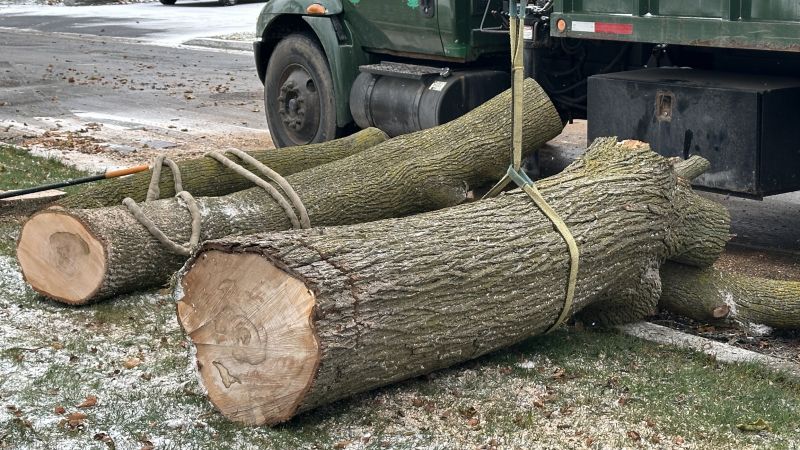
Spring and fall are optimal for tree logging due to favorable weather conditions and tree dormancy.

Dry periods with minimal rain reduce soil compaction and improve safety during logging operations.
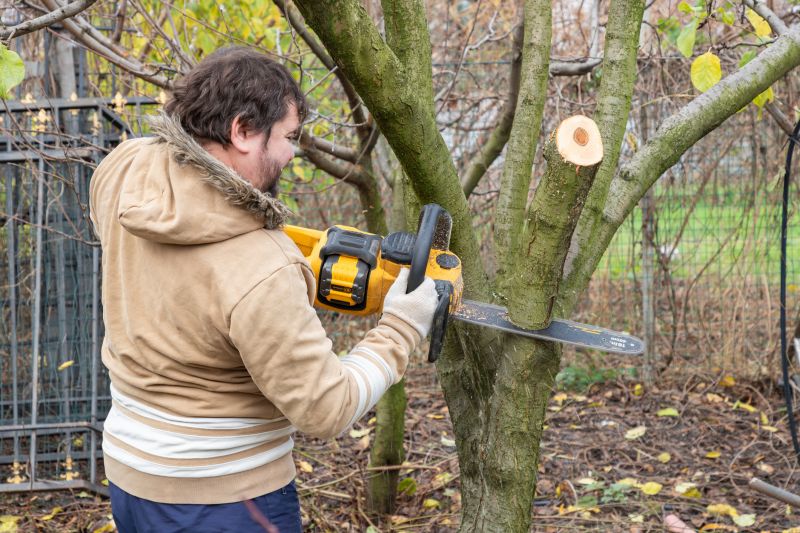
Timing logging activities outside of peak growth periods minimizes stress on remaining trees.
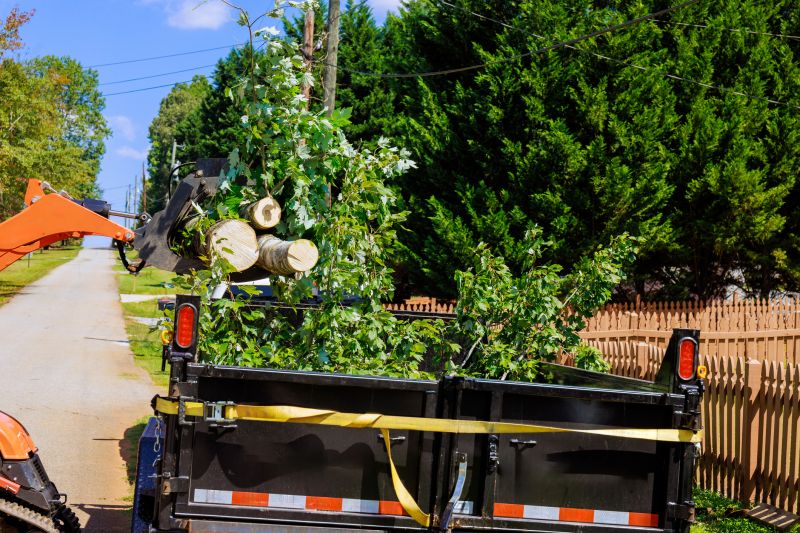
Ways to make Tree Logging Service work in tight or awkward layouts.
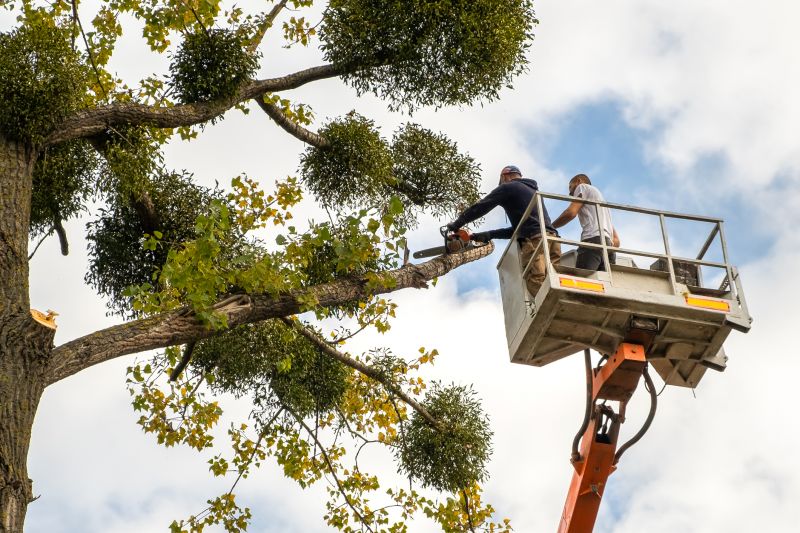
Popular materials for Tree Logging Service and why they hold up over time.
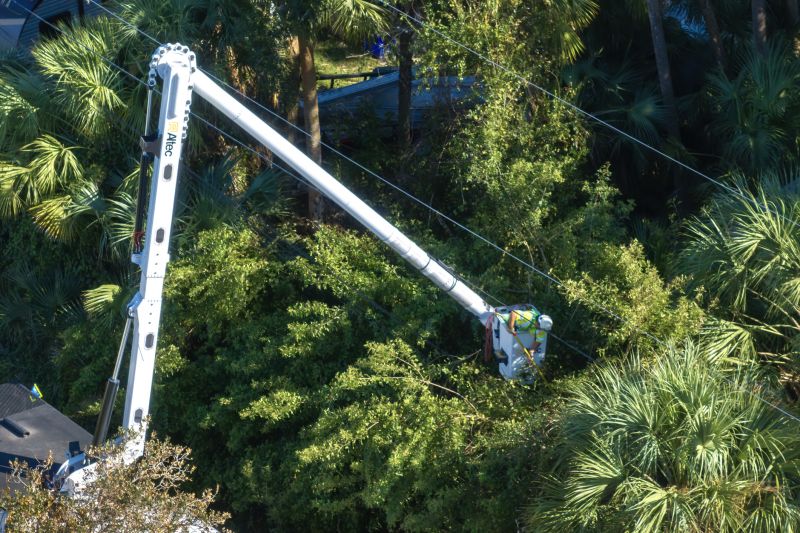
Simple add-ons that improve Tree Logging Service without blowing the budget.
Tree logging is a critical component of forest management, land clearing, and timber harvesting. It involves the selective removal of trees to promote healthy forest growth, reduce hazards, or prepare land for development. Proper timing of logging ensures minimal environmental impact, maximizes safety, and enhances operational efficiency. Typically, the best time to perform tree logging aligns with seasonal weather patterns and tree dormancy periods, which vary depending on the region and tree species.
Late winter and early spring are often ideal for logging due to frozen ground, which reduces soil disturbance.
Avoiding logging during heavy rain or snow minimizes operational delays and safety risks.
Logging during dormancy reduces stress on trees and minimizes sap loss.
Climates and local ecology influence the best timing for logging activities in different areas.
| Factor | Best Timing |
|---|---|
| Season | Late winter to early spring |
| Weather | Dry, frozen ground |
| Tree State | Dormant period |
| Wildlife Activity | Outside nesting seasons |
| Soil Conditions | Frozen or dry soil |
| Operational Safety | Clear weather days |
| Regional Climate | Dependent on local climate patterns |
Understanding the optimal timing for tree logging can significantly improve safety, efficiency, and environmental impact management. Selecting the appropriate season and weather conditions reduces soil damage, minimizes disruption to wildlife, and ensures the health of remaining trees. Proper planning based on regional climate and ecological factors supports sustainable land management practices.

Specialized machinery is employed during optimal seasons for efficient operations.
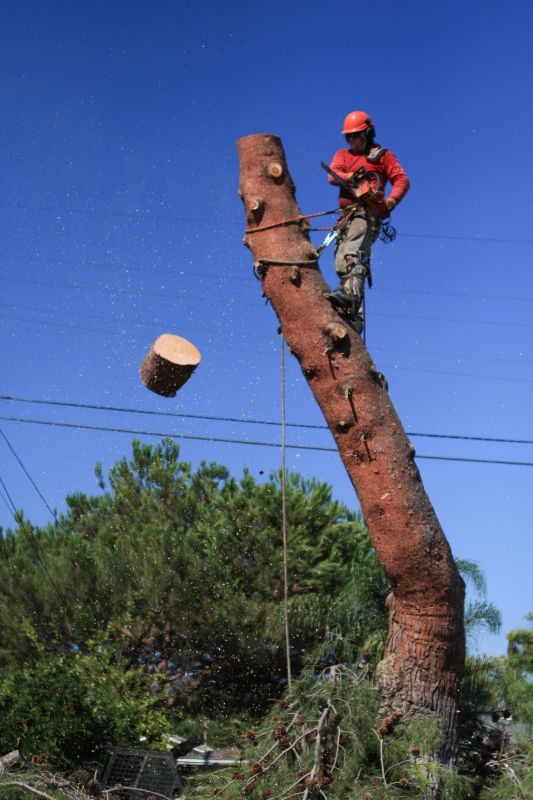
Timber is harvested during the best seasonal windows to ensure quality and safety.
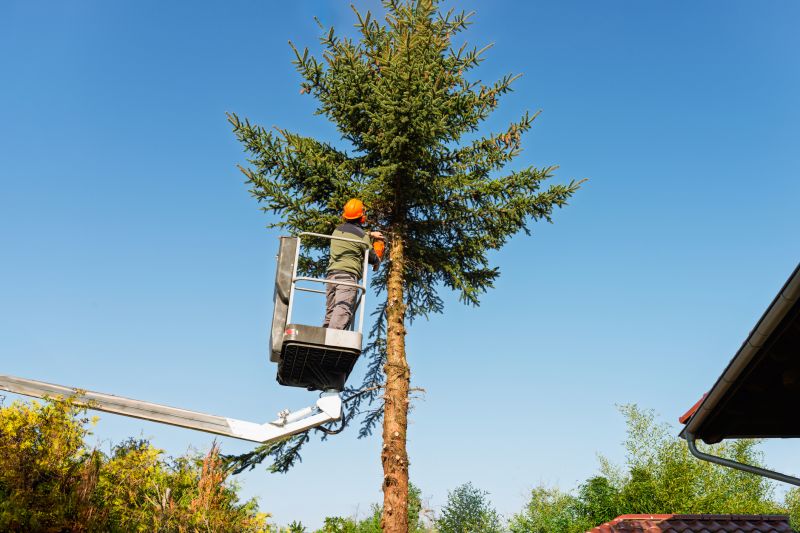
Skilled personnel carry out logging with attention to environmental and safety protocols.
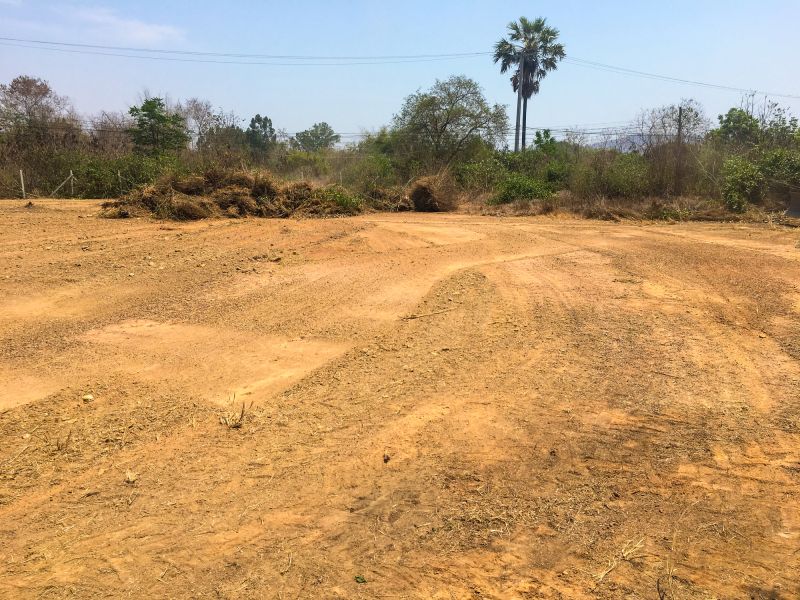
Post-logging land preparation aligns with seasonal conditions for regrowth.
Timing is a key factor in successful tree logging operations. When scheduled during the right season, it allows for safer work conditions, better timber quality, and reduced environmental disturbance. Landowners and forestry professionals should consider local climate patterns, tree species, and ecological factors when planning logging activities.
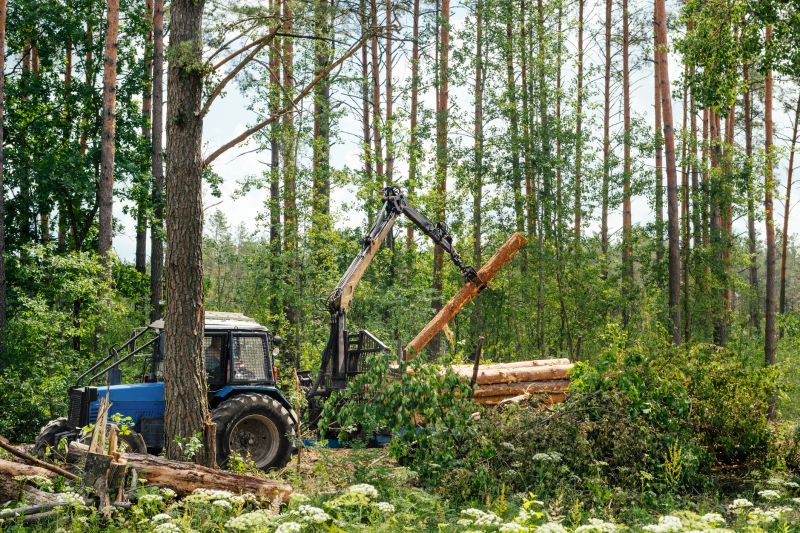
Efficient equipment adapts to seasonal conditions for optimal performance.
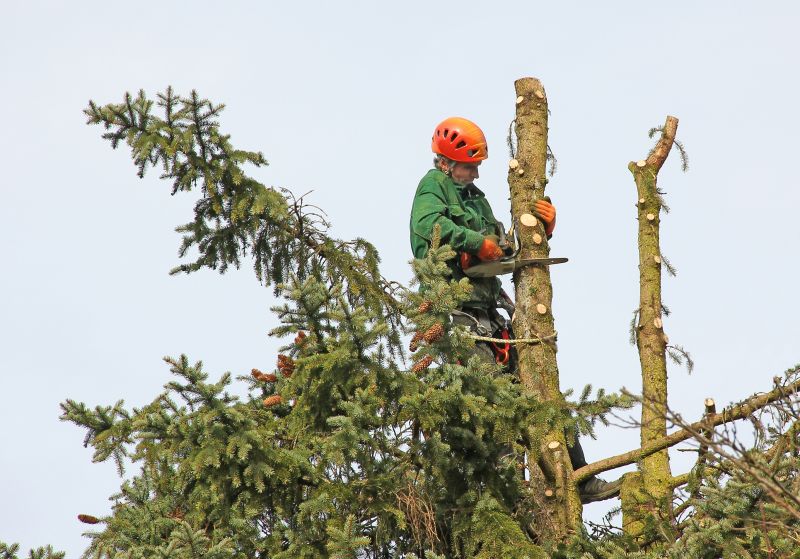
Proper timing ensures high-quality timber and operational safety.
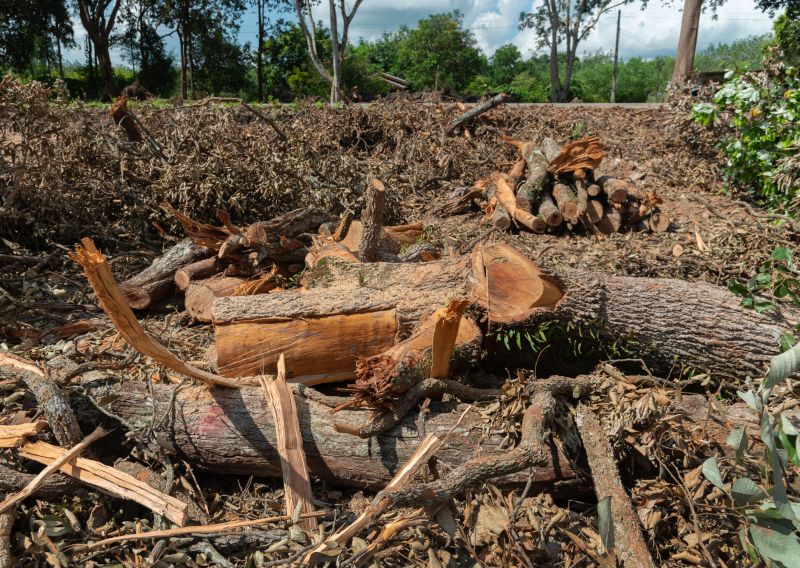
Preparation and reforestation are planned around seasonal windows.
Interested in scheduling a tree logging service at the optimal time? Filling out the contact form can provide tailored advice based on specific regional and ecological factors, ensuring the best results for land management and timber harvesting needs.



